The singular vision of ‘Wal’ – Maryborough’s wedding photographer
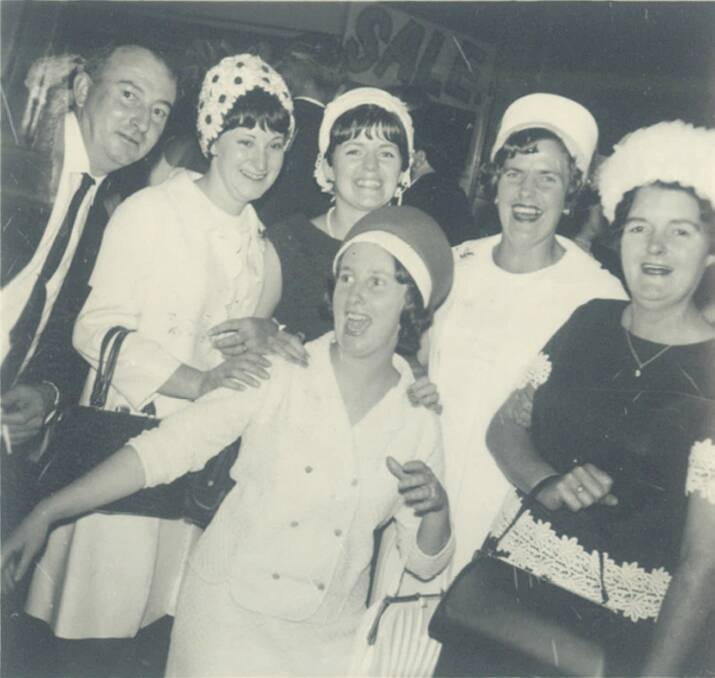
At the end of the seminal American novel To Kill A Mockingbird, the narrator Scout Finch learns her supposedly elusive and fearsome neighbour Boo Radley is not the scarred monster her brother describes, but rather a shy, damaged and observant human being.
“You really never understand a person until you consider things from his point of view – until you climb into his skin and walk around in it,” her father, the lawyer Atticus, offers.
For 50 years Wallace Aeneas Richards – ‘Wal’ to all who knew him – travelled the streets of Maryborough, Avoca, Dunolly, Talbot and other nearby goldfields towns, recording on photographic film his singular obsession: weddings.
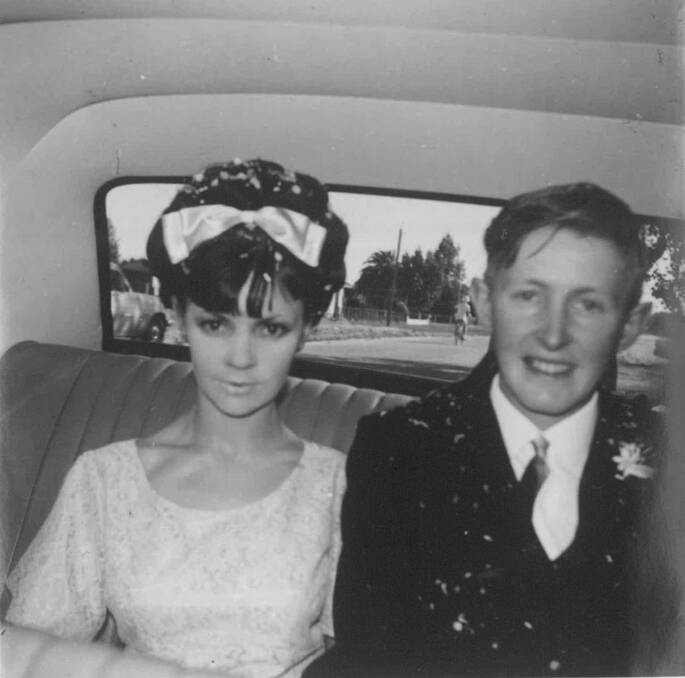
Exceedingly tall, almost completely silent and very shy, he remained that fixture of country towns across Australia: the tolerated, for the most part accepted eccentric; protected by a community who may not have understood his different capabilities but knew, somehow, he was part of what made them whole. He was a local. He was, for all his otherness, one of them.
From 1946 until the last year of his life in 1997 he would ride his fixed-gear bicycle to weddings as far as 25 to 30km away from his home in Maryborough, sometimes dragging a cart with him to carry his gear. He would buy the local Maryborough Advertiser each Friday to peruse the wedding announcements, sometimes fretting if there were too many weddings for him to attend on the same weekend.
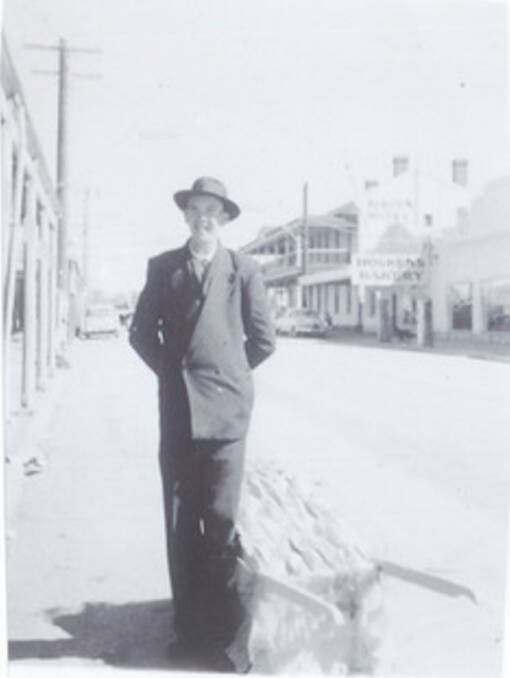
To travel to Avoca, almost 30km from Maryborough to a wedding in the morning and back home for another one or two in the afternoon was not unusual for him.
After his death at the age of 66, the extent of what Wal Richards had achieved was revealed – nothing less than a unique record of a town changing over three generations, captured through the viewfinder of a series of cameras by a man who could not read or write, and could just barely communicate through the spoken word.
His ‘point of view’ was a love of capturing people ‘on their big day’. For the most part, his intrusion as self-appointed photographer was tolerated. If people decided to keep him away, it was done discreetly, often by the local vicar or priest. But for many, Wal Richards was simply part of the day.
He was just part of our lives; it was who he was and what he did.
- Nola Tidyman
His photographs comprise some 20,000 negatives – just those which have been discovered – recording the celebrations at an estimated 3000-plus nuptials. In them are charted changing fashions: clothing, cars, houses, hairstyles, families themselves and what makes them. There are deliriously happy faces and some uncertain, children and parents; grandparents and, of course, newlyweds.
His recording begins at 16 with the gift of a Kodak Box Brownie; it ends with last of the film cameras. Some of them are visible in the few images recorded by other people of Wal Richards. They are not expensive, professional machines, but this does not detract from the quality of the images he captures.
The subjects of Wal Richards’s pictures are rarely stiff. They’re laughing, they’re being showered in confetti, they’re trying to get into, or out of, the church. A great many photographs are taken in the bridal car, Richards thrusting himself intro the vehicle alongside the bride and groom, the parents or the bridesmaids.
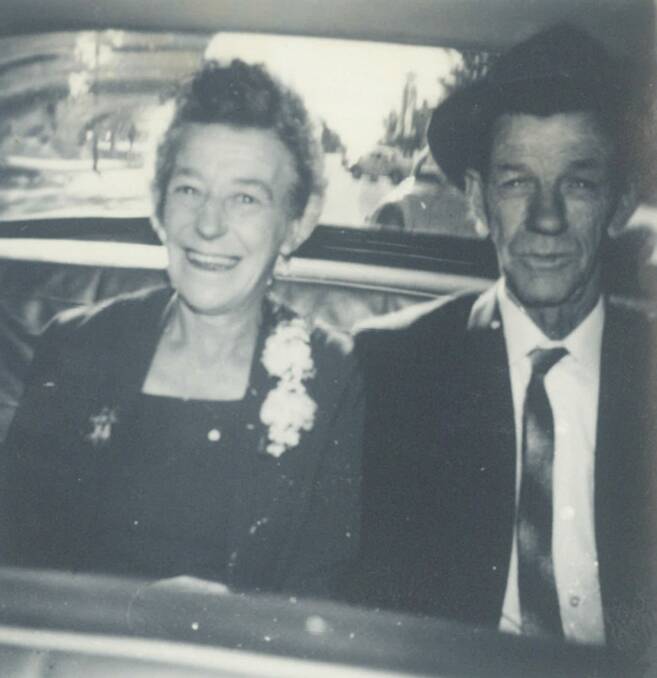
For many people, these are the only records of their wedding, of long-past relatives. These are not wealthy people; it’s a catalogue of the working and middle classes.
There have been a few public displays of Richards’s work in the past, and now the Central Goldfields Gallery in Maryborough, in conjunction with a grant from the state government’s Regional Centre for Culture, has mounted a curated exhibition reviewing just a few hundred of the thousands of pictures he took.
Kareen Anchen is the curator of Wal Richards – Wedding Photographer. She says it’s not always easy to sort fact from fiction and fantasy in people’s lives over a long period, and even moreso in country towns, where an inherent conservatism would frown on people conjecturing about what may have led Richards to his compulsive recording.
“I understand he was one of four children, all boys,” says Anchen.
“The three other brothers played footy locally, quite good footballers, and there are a few good stories that abound about Wal running into the change rooms at halftime and yelling and screaming at the players that were not doing so well, imitating a coach, and after he left no-one knew what he had said.
“Little stories like that help you round out a person, flesh them out. He was mimetic; he acted the role of photographer.”
Wal Richards was the son of local chemist Aeneas ‘A.T.’ Richards, and as such he had the protection of being the child of a respected Maryborough business person. Not that it would had made life any easier as a young man coping with visual and learning difficulties, and the prejudices of the time.
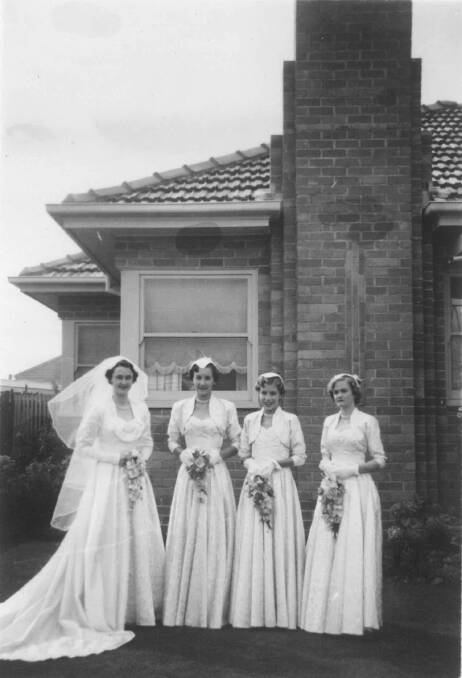
His actual condition is still not really understood. One story is that he was born with the need for a nasal reconstruction which damaged his speech; he certainly had an extropic strabismus, a condition in which one eye points outward and is usually partially or wholly blinded by the brain to avoid double vision.
“Because at the time, in the 1940s, 1950s, 1960s, we didn't have the same conversation around disability and intellectual disability or learning disabilities and language disability,” says Kareen Anchen.
“Wal certainly functioned in the world. My aim was to focus on his art in this exhibition, not the person. But you can see as Wal ages, his images begin to slip more and more to the 45 degree angle, his condition (Richards began to shake as he aged) affects the portrait composition.”
Nola Tidyman is a member of the Goldfields Image Makers camera club, and has lived in Maryborough all her life. Wal Richards attended her wedding; she knew him as a child because he lived around the corner from him.
“I never really spoke to him as a little girl; it was always quite scary because he could never communicate with you. Not that he was dangerous, but you didn't know any better; he was different,” Tidyman recalls.
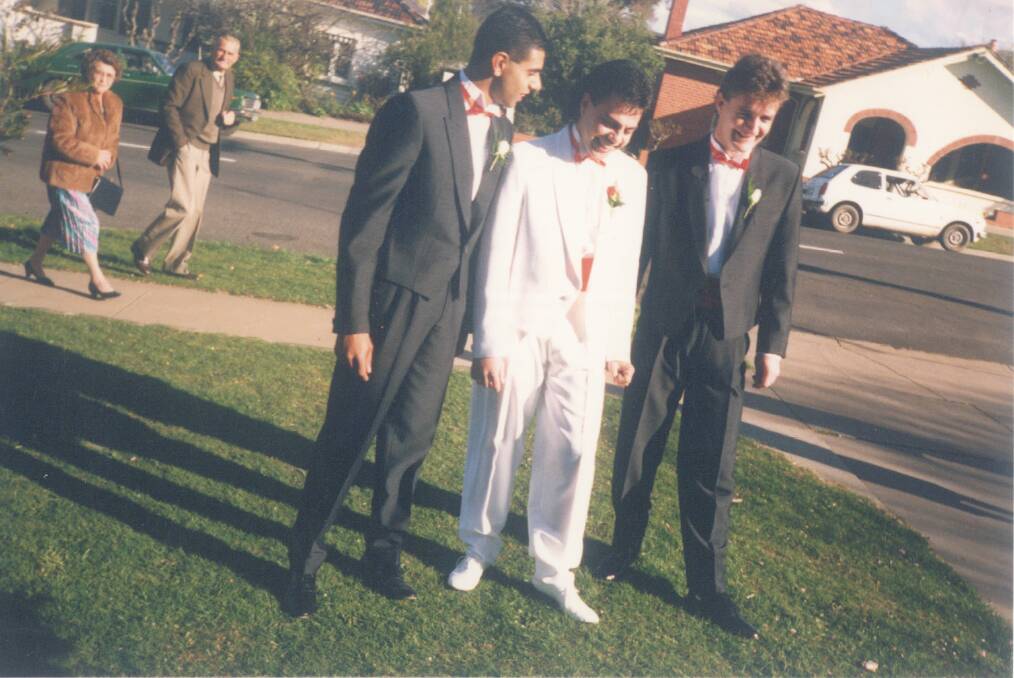
“Once I started working in the bank which was 1989, he’d come in four times a week to get money out and he’d try to talk to you. We’d ask him what weddings he had on and he would be panicked if there were three or four on.
“He loved the girls, he always asked who was new in the bank, especially if she was pretty.
“As he got older, he was more confident about getting in front of you, but it didn’t really worry us. He’d jump in front of you as you signed the register, or get in the car with you. He was just part of our lives; it was who he was and what he did.”
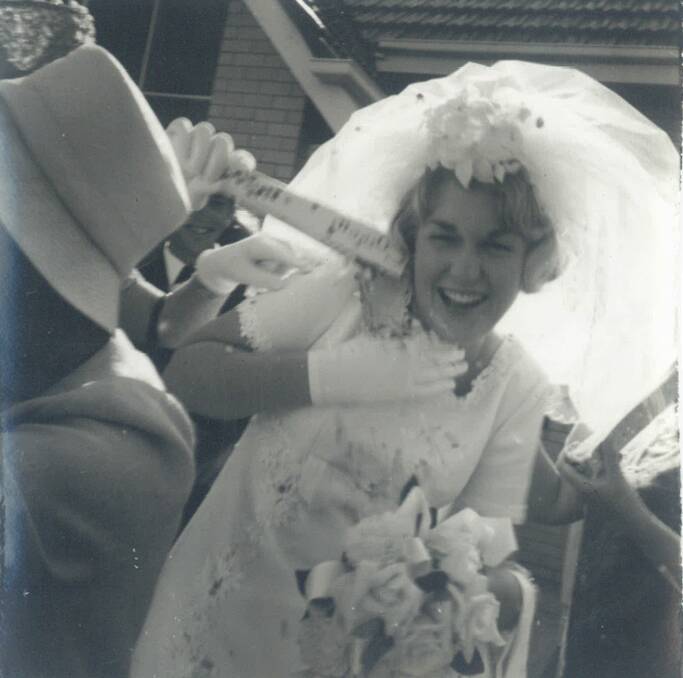
Wal Richards – Wedding Photographer runs until July 29 at the Central Goldfields Art Gallery in Maryborough.


